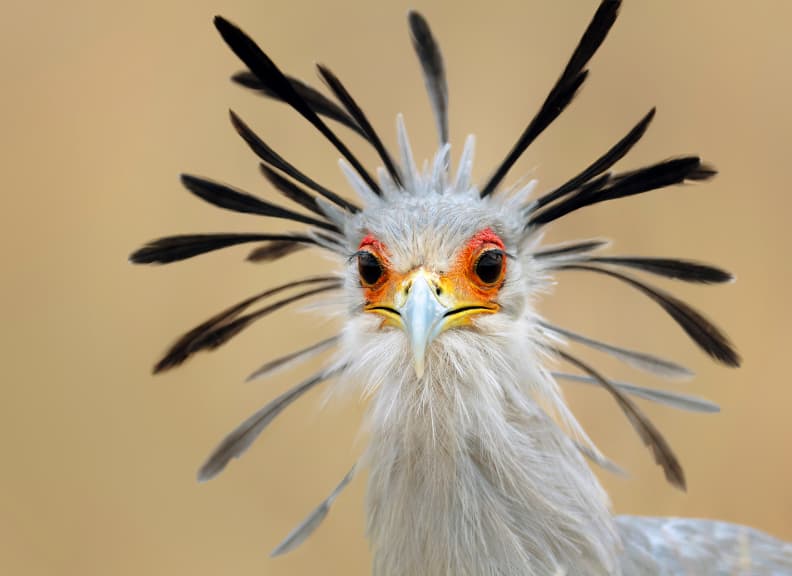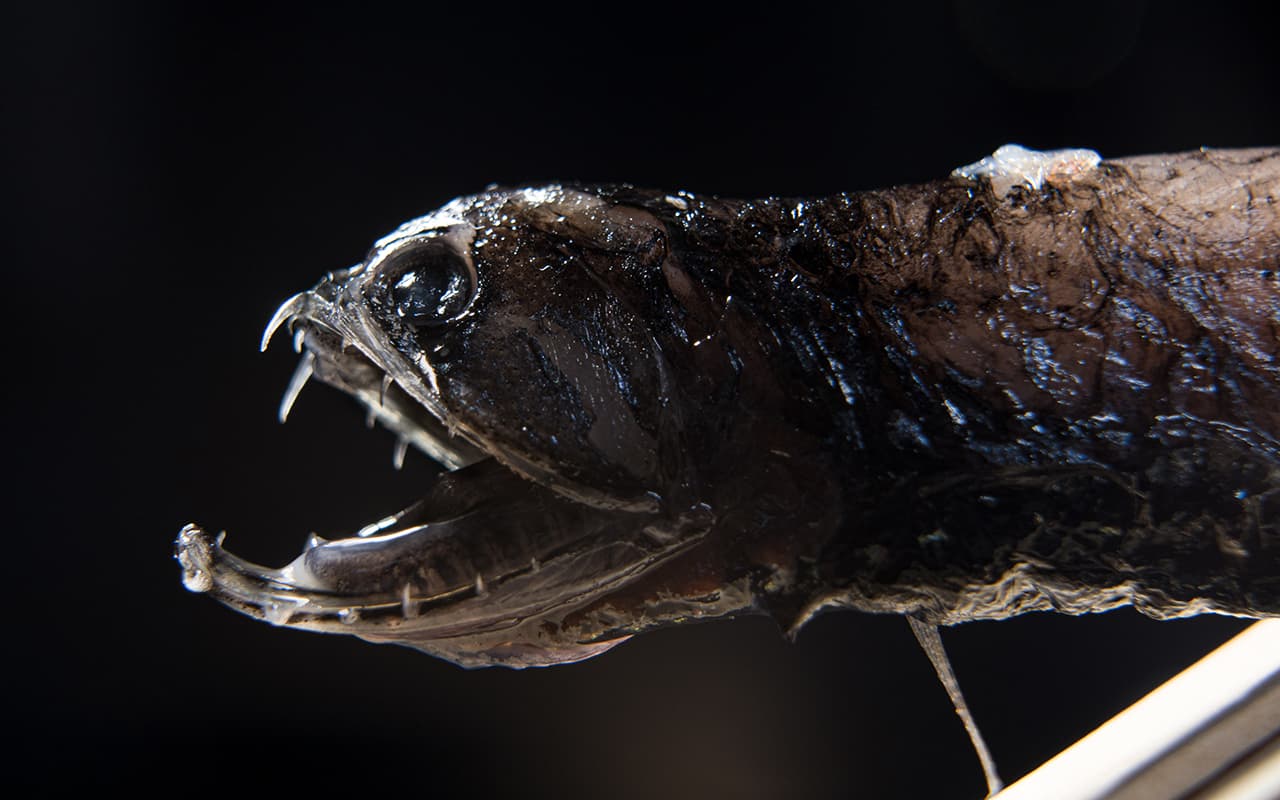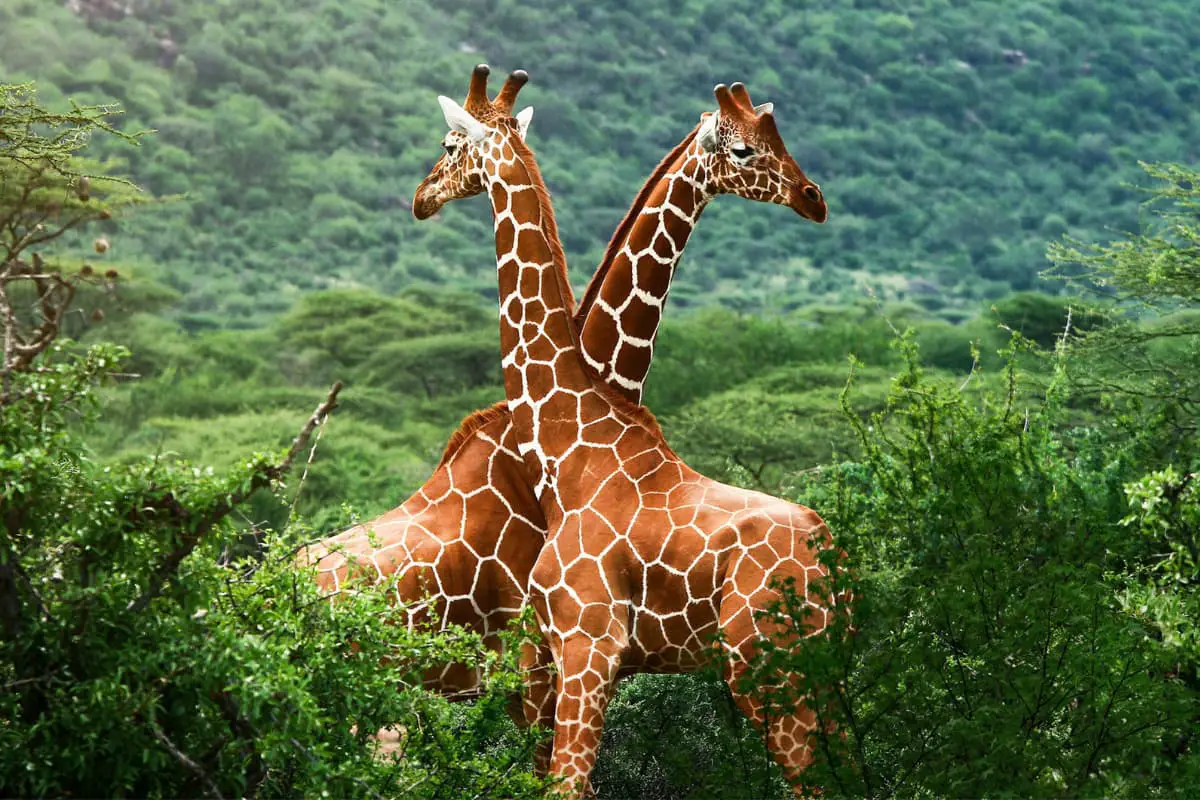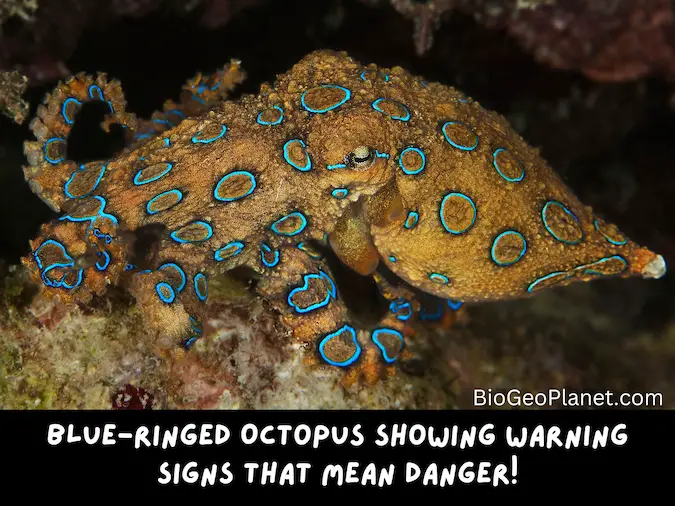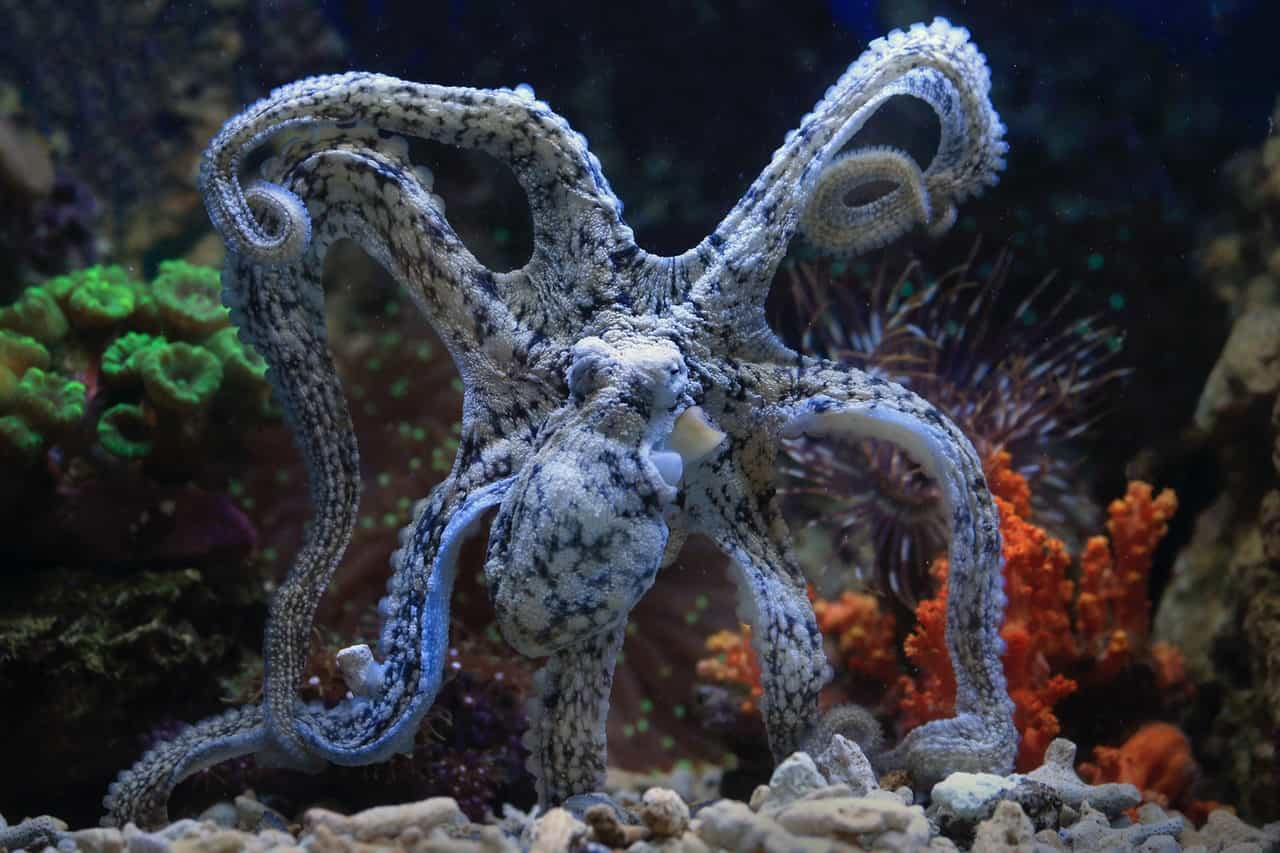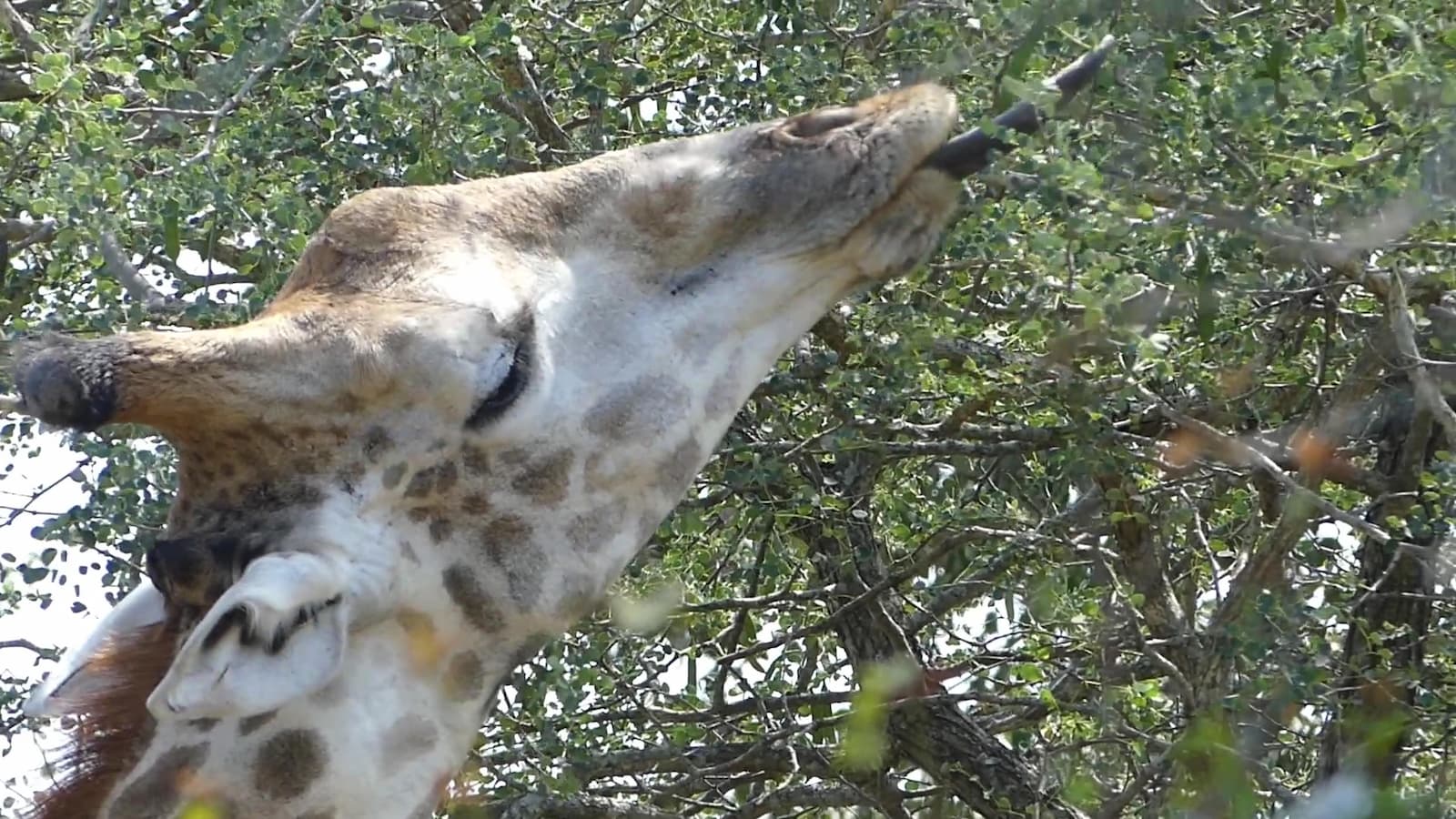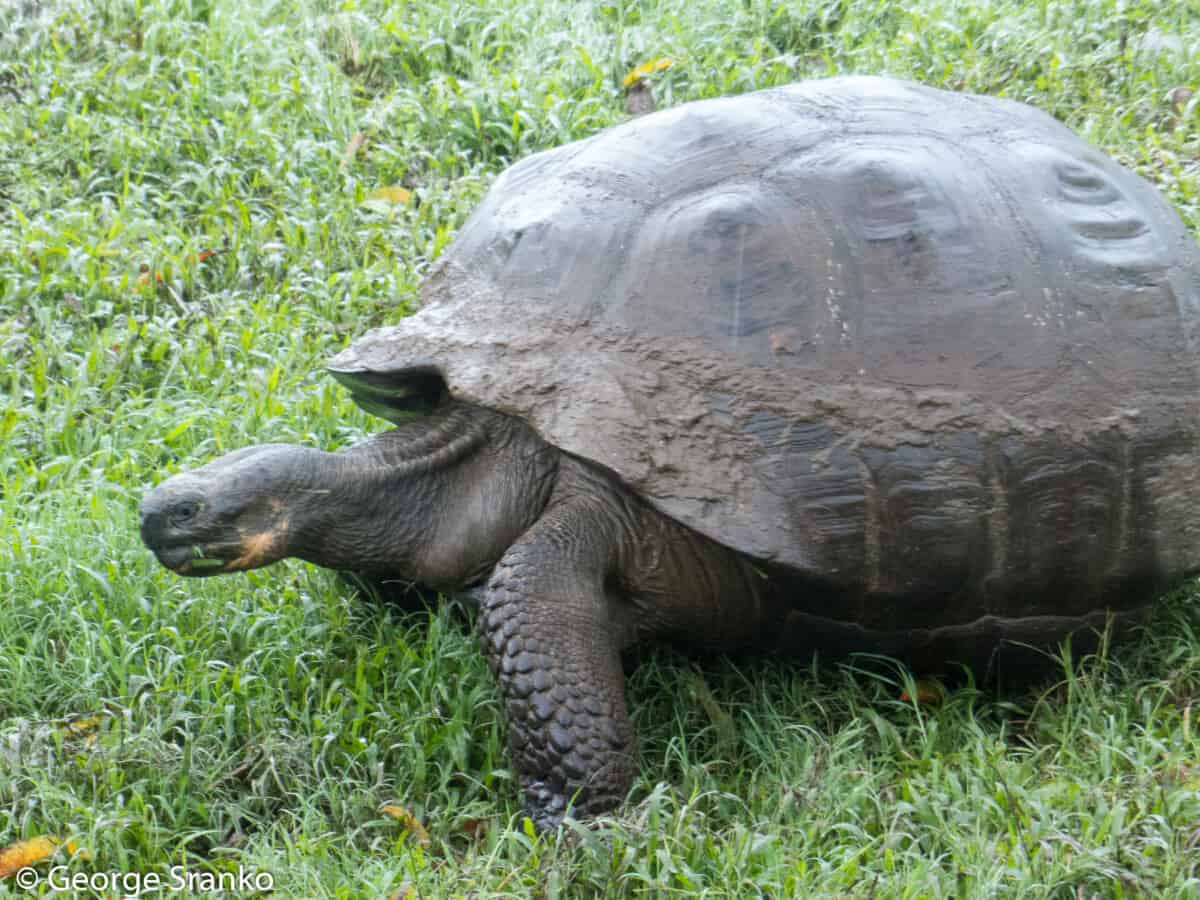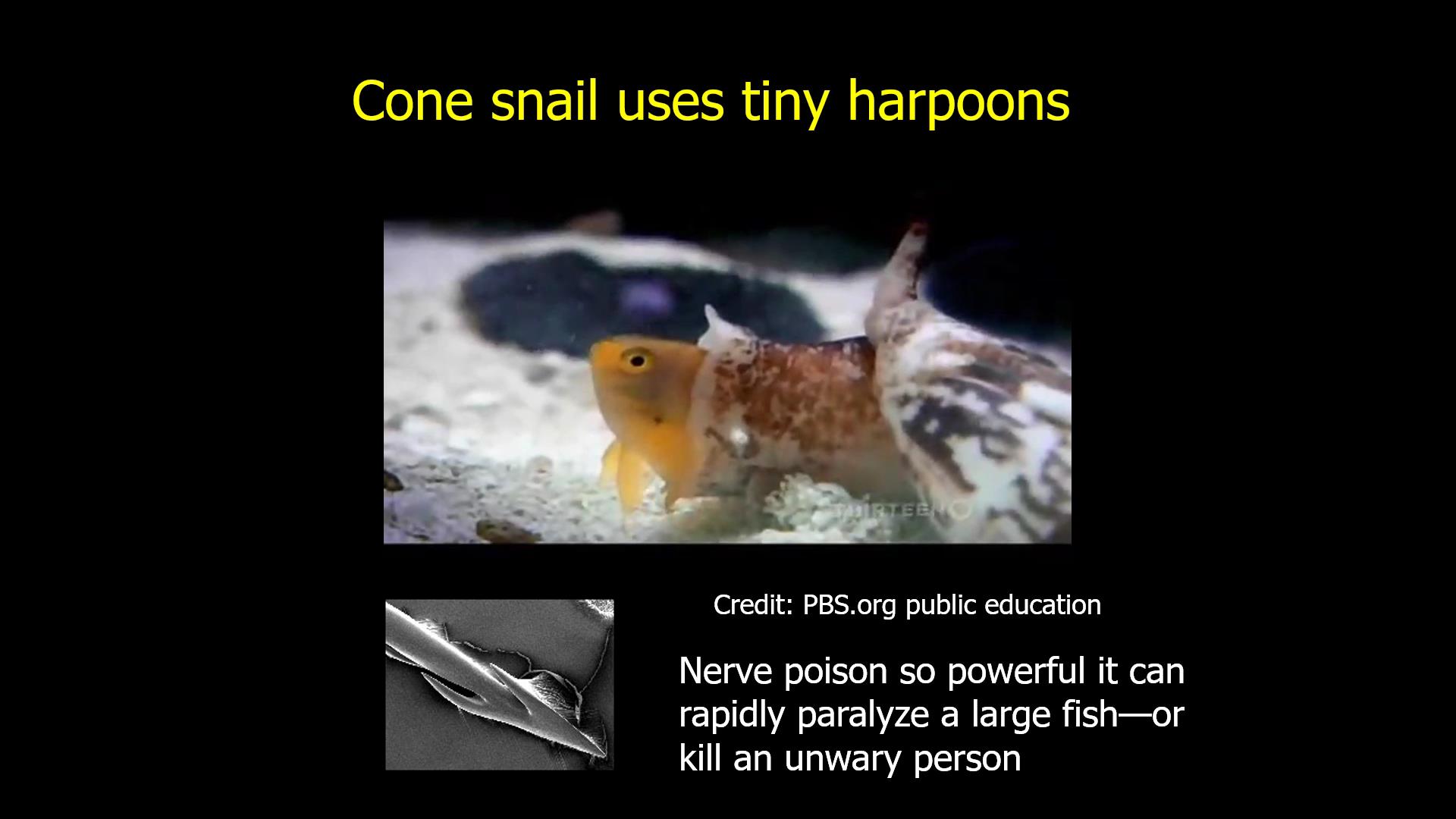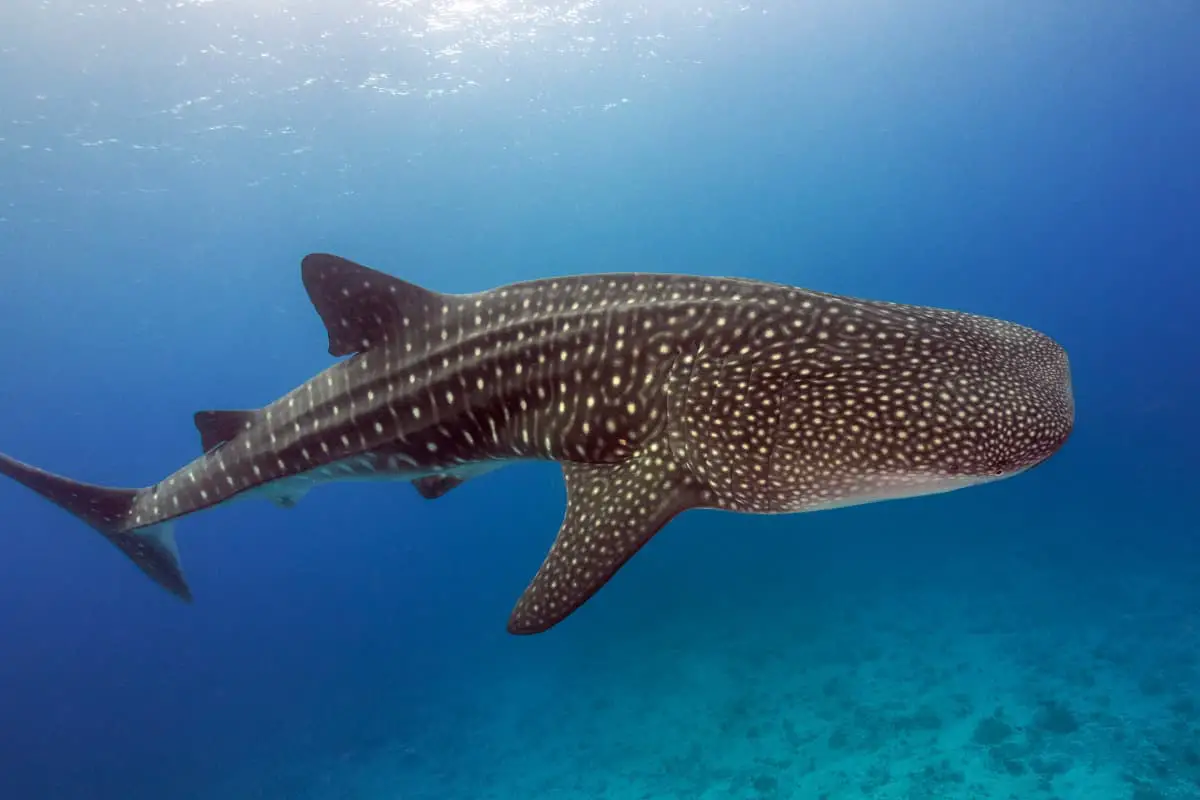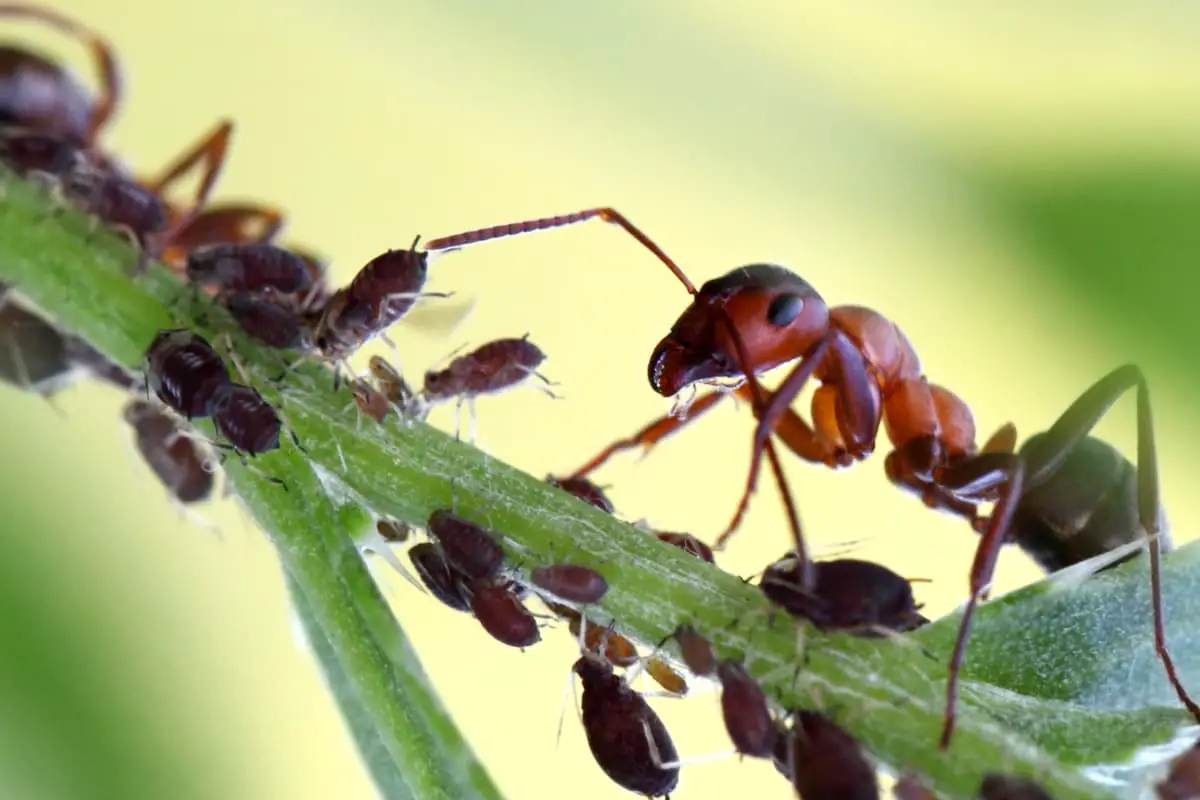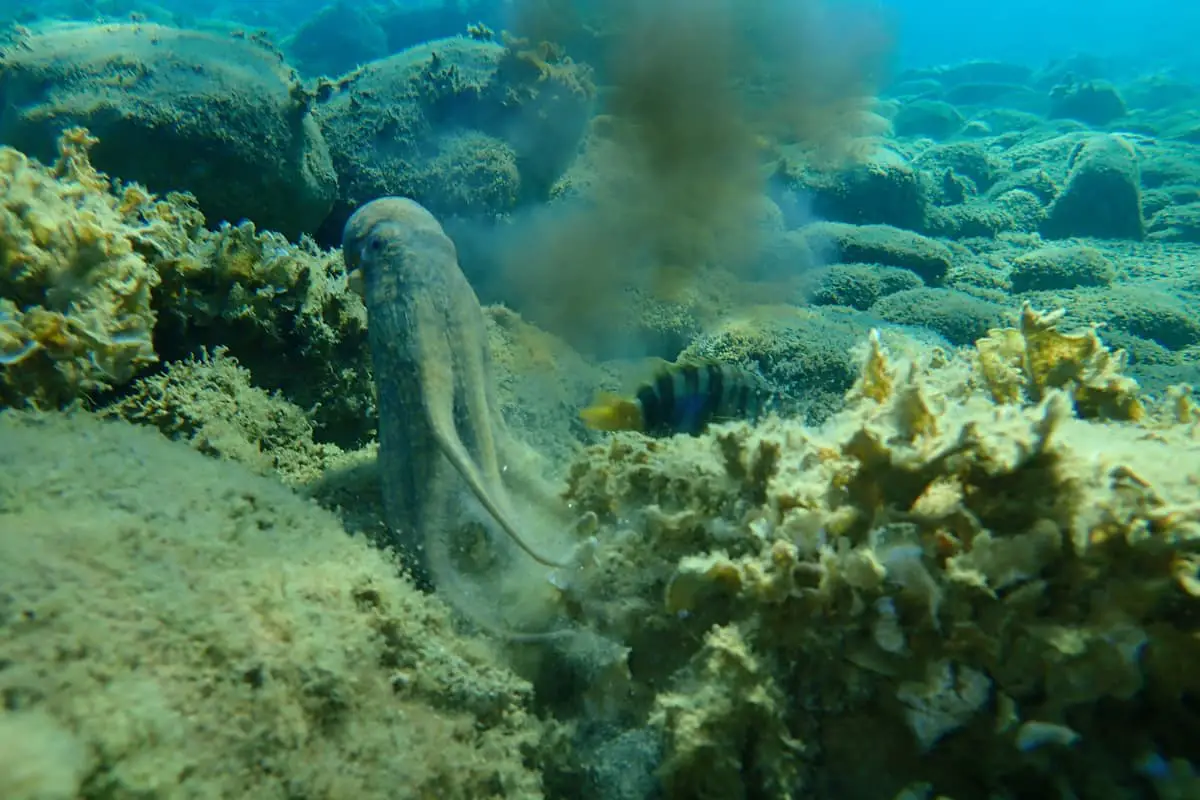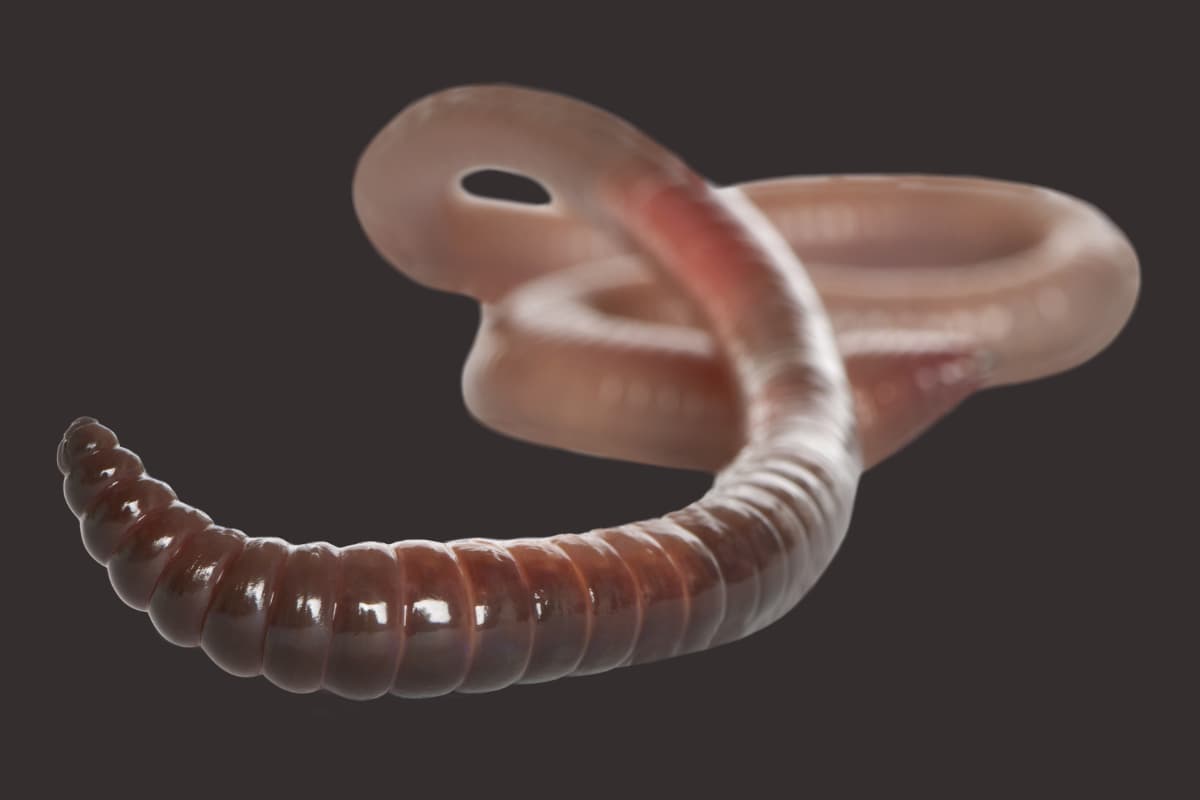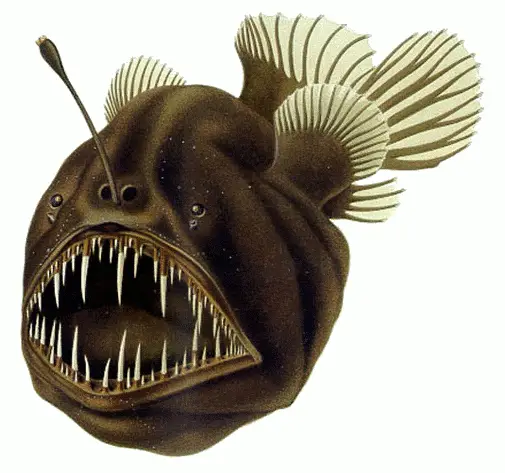10 Amazing Facts About the Secretary Bird: Stilt-Walker of the African Savanna
The Stilt-Walking Secretary Birds of Africa In the open African plains, there’s a bird so unique that it could have sprung from the pages of an explorer’s wildest journal. The secretary bird, with its long legs and quill-like feathers upon its head, is a sight to behold. It’s a bird that wears its name like … Read more

